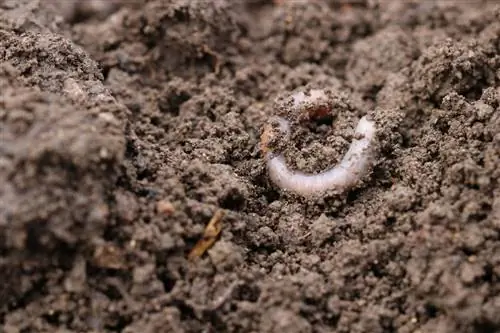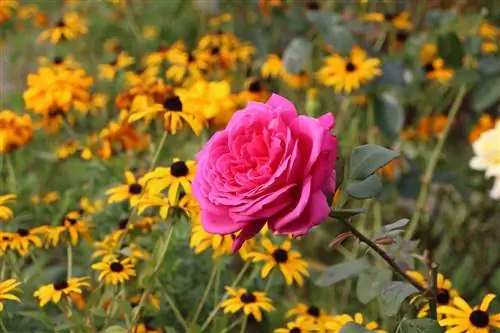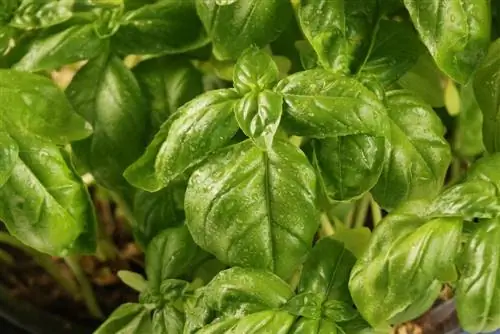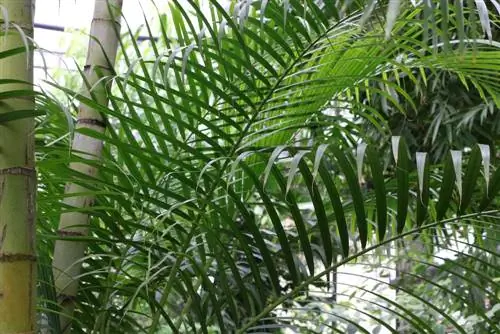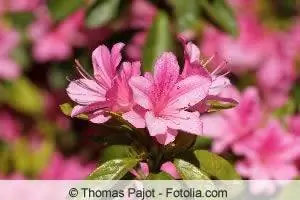- Author admin [email protected].
- Public 2023-12-17 03:39.
- Last modified 2025-01-24 12:45.
Pot soil is very different from other substrates because plants in planters have special requirements. By making it yourself, the soil can also be better tailored to the needs of the plant species.
Differences and requirements
The substrate requirements of potted plants differ from those of plants grown outdoors in several ways. This is the case because there is significantly less earth volume available.
Because this creates some potential dangers, such as:
- small space for the root mass
- higher risk of tipping over
- higher risk of waterlogging
- smaller water storage tank
- fewer microorganisms
- less nutrients
Because of these potential problems, it is critical that potting soil meets the following requirements:
- good strength
- good water storage
- high permeability
- high nutrient content
Mix your substrate yourself
Mixing potting soil yourself instead of buying ready-made potting soil or potting soil has several advantages. These include:
- precise adaptation to the requirements of the plants
- peat-free soil can be mixed
- often lower costs than commercial soil
In addition, with the right knowledge, the procedure is very simple and does not take a lot of time.
Components
The soil for potted plants should consist of one part each of the following components:
- ripe compost soil
- fresh, high-quality garden soil
- Xylitol or coconut fiber for loosening
Peat can also be used as an alternative to coconut fiber or xylitol. However, peat mining has a negative impact on the environment. It is therefore advisable to avoid this natural addition and to ensure that the finished potting soil is peat-free. In addition to these three basic ingredients, other substances should be added.
Loosening up
The following are suitable for further loosening up and supplying water and nutrients:
- coarse sand, such as quartz sand (50 to 100 grams per five liters of soil)
- Wood chips
- chopped goods
- Sawdust
- Wood fibers
- Lime
- Horn meal
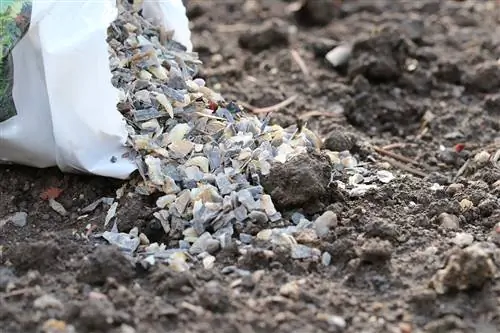
Which other ingredients are useful for increasing the nutrient content depends on the plant's requirements. On the other hand, the pH value plays an important role, which can be influenced with the substances mentioned.
Tip:
Even with ideally composed potting soil, it makes sense to also add drainage to the planter. This can consist of pottery shards or larger stones and prevents the roots from standing in water.
Mixing and timing
So that the potted plant soil represents the ideal basis for he althy growth, it must be mixed well and should be allowed to mature for a while. This results in various advantages:
- even distribution of nutrients
- Propagation of microorganisms
- reliable measurement of the pH value
It is optimal to put the soil together from the various components in the fall and mix it well. This makes it ideal for repotting in spring. It is also a good idea to shake it again before replacing the substrate or to mix it from top to bottom with a shovel.
Control: pH value
The pH value can be basic, neutral or acidic. However, not every plant tolerates every area. It is therefore crucial that the substrate is adapted to the respective requirements of the plant.
This is possible, among other things, by adding lime or horn meal, for example. But coffee grounds, lemon peels and other fertilizers also have an effect. To determine the current pH value, a measuring device or a test set can be used.
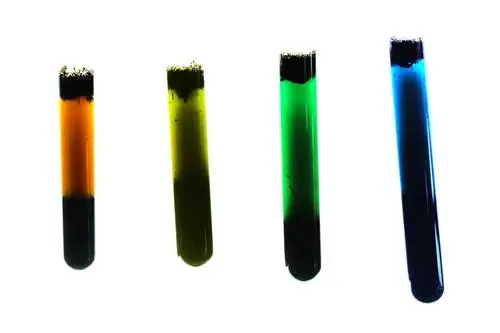
The advantage of the measuring device is that the analysis is quick and easy. In addition, simple models are already available very cheaply. The analysis sets require a little more effort, but are also inexpensive to purchase.
Note:
A sample of the well-mixed soil can also be examined at a specialist retailer. This eliminates your own effort. In the long run, however, this option is more expensive.

